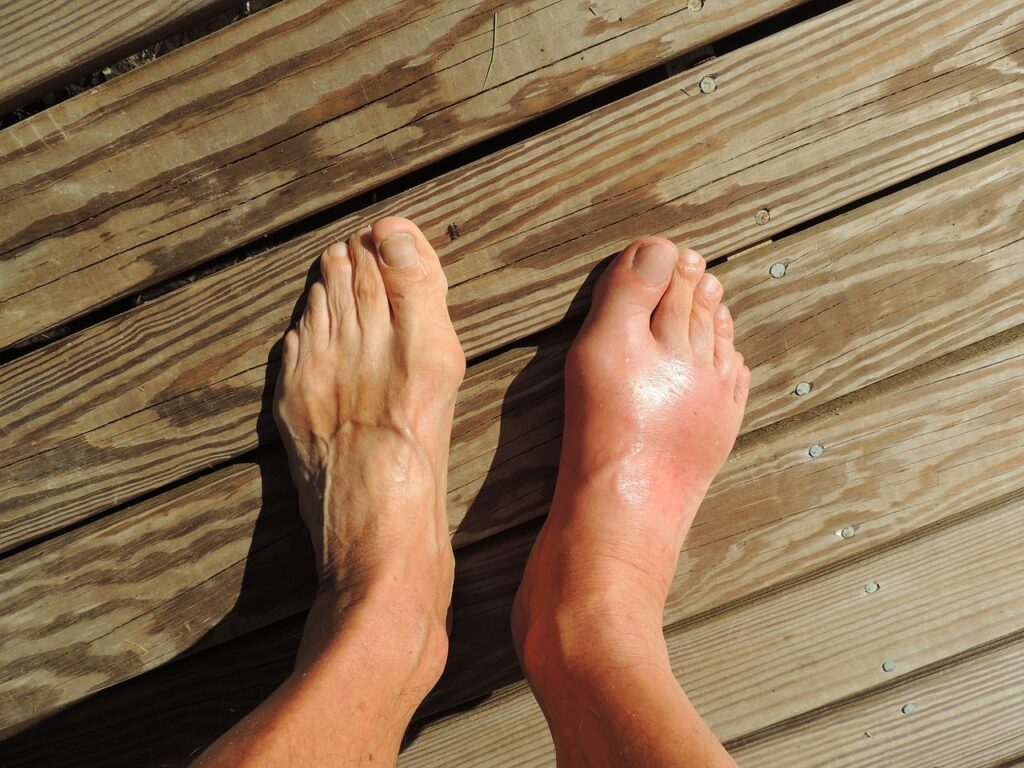
What Problems Can We Get With An Ageing Foot/Feet
Ageing Foot Problems 2. Your feet can experience wear and tear as you age, after all, they’ve (literally) carried you through life. So then, that’s why you might have trouble with your tootsies as you get older. But what changes can you expect in ageing feet, exactly, and why?
Older adults are generally more likely to have foot issues including foot pain, as they get older. And there can be several causes, but the most common is overuse and the way your feet change over time.
“As we age, our feet tend to have less elasticity. Here, our arches become weaker and tissue becomes less elastic. However, when there is less elasticity, you’re more likely to suffer arthritis or overuse injury and, therefore, foot pain. Here are the most common foot problems in older adults and how to deal with them
9. Diabetic Foot Ulcer
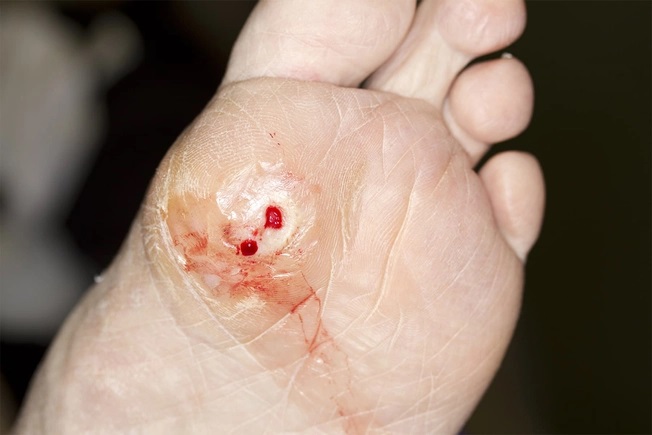
Ageing Foot Problems 2. Diabetes can damage your nerves so that you may not feel small cuts or wounds. But your feet also might tingle, feel numb, or have jabbing pain. In addition, Foot ulcers can start as something small like a blister, but then get bigger and infected. Consequently, they’re a major cause of amputations in people with diabetes. Also, keep blood sugar controlled, and check your feet often. See a doctor right away if you see anything odd.
10. Gout
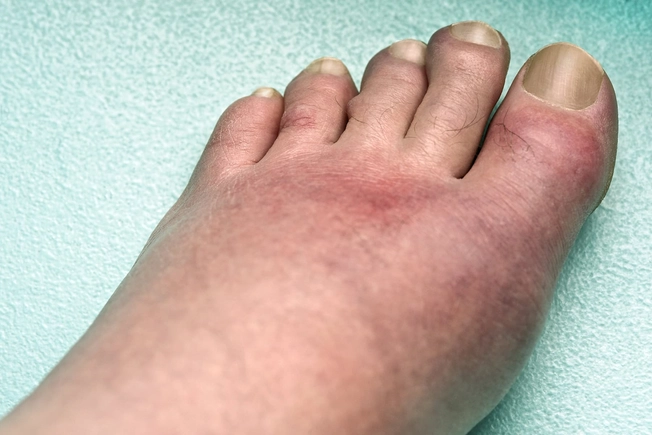
Ageing Foot Problems 2. Gout is a painful form of arthritis that is most common in middle-aged men. However, it happens when a waste product called uric acid collects as crystals, often in the big toe. Hence, it can swell, stiffen, and hurt a lot. Generally, your doctor may prescribe medicine to ease the swelling. You may feel better in about a day. Next, exercise, eat less red meat and shellfish, go easy on alcoholic beverages and sugary foods. And drink lots of fluids to help prevent future attacks.
11. Bunions

Ageing Foot Problems 2. These are painful bony lumps that grow along the inside of your foot at the joint where your big toe meets your foot. Also, Bunions grow slowly as the big toe angles inward. Furthermore, tight, narrow, shoes like high heels may worsen them. But, that’s why bunions appear much more often in women. They can run in families, too. Besides, icing, special pads, and shoes that aren’t too tight help. Your doctor might suggest surgery in serious cases.
12. Bone Spurs
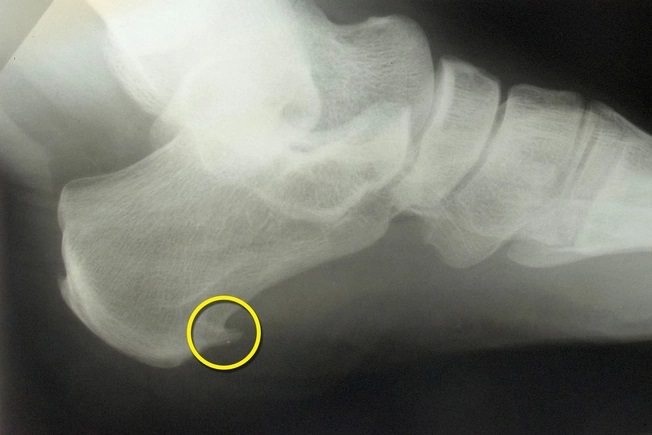
Ageing Foot Problems 2. You might mistake these smooth bony growths for bunions. With bunions, the bones are out of place. Bone spurs, on the other hand, are growths at the edge of the bones of your foot, often at your heel, mid-foot, or big toe. If they get big enough, they’ll push on nearby nerves and tissues and will hurt. Osteoarthritis or a strained tendon or ligament can cause these growths, which are more common as you age, especially after age 60.
13. Bursitis
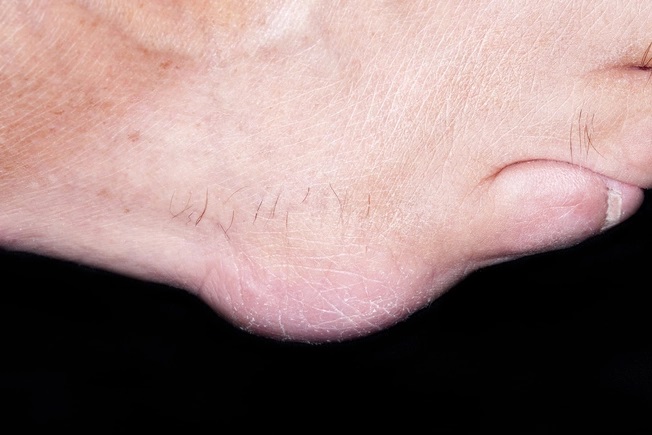
Ageing Foot Problems 2. Small fluid-filled sacs, called bursae, help cushion your joints, bones, and tendons. Repeated motion or friction from shoes can make them swell. In the foot, your toes or heel might get red, swollen, and painful. Ice, padding, and non-steroidal anti-inflammatory drugs (NSAIDs) such as aspirin, ibuprofen, and naproxen can help. Severe cases may need a corticosteroid shot or even surgery.
14. Hammertoe

Ageing Foot Problems 2. It’s an abnormal bend in the middle joints of your toe. It’s usually your “second” toe, next to the big one. But it also can affect the third, fourth, and fifth toes. You’ll notice an unusual shape, and you may have some pain when you move it, as well as corns and calluses from the toe rubbing against your shoe. Your doctor can treat it with special footwear, pain meds, and sometimes surgery.
15. Claw Toe
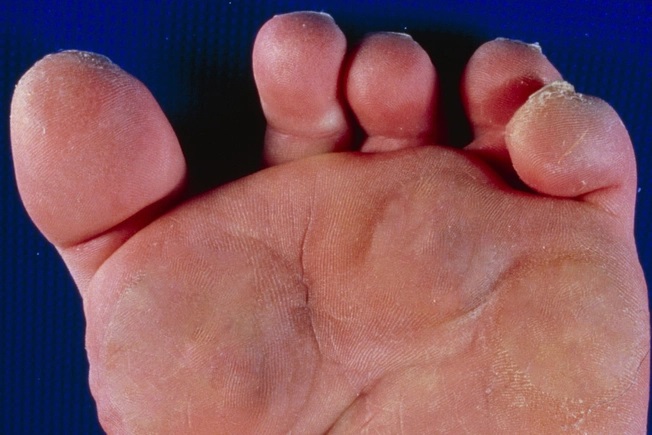
Ageing Foot Problems 2. This kind of misshapen foot is similar to hammertoe. But instead of just the middle joint, claw toes also affect the joints closest to the tips of your toes. Your toes curl and dig straight down into the floor or the soles of your shoes. Claw toes grow stiffer with age. If you can move them, try strengthening exercises like picking up a marble or piece of paper with your toes.
16. Stress Fractures
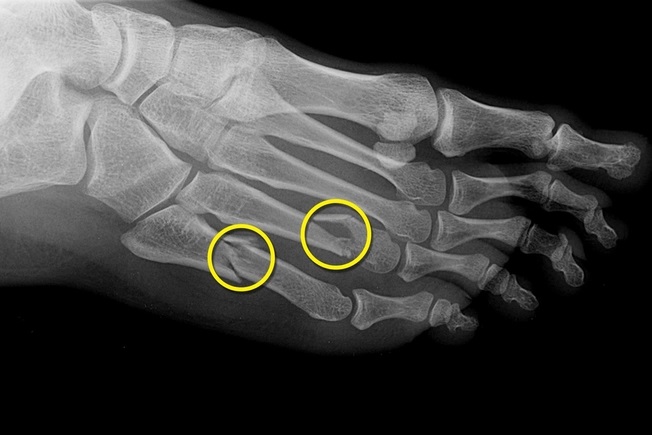
Ageing Foot Problems 2. For women, the hormone changes that come with menopause can lower your bone density (osteoporosis) and make it easier to fracture bones, including those in your feet. Men may also get more brittle bones as they age. A stress fracture needs several weeks of rest to heal. You’ll want to strengthen your bones with exercise, diet, and perhaps also medication. Ask your doctor about the risks, benefits, and what would help you the most.
17. Fungal Infections
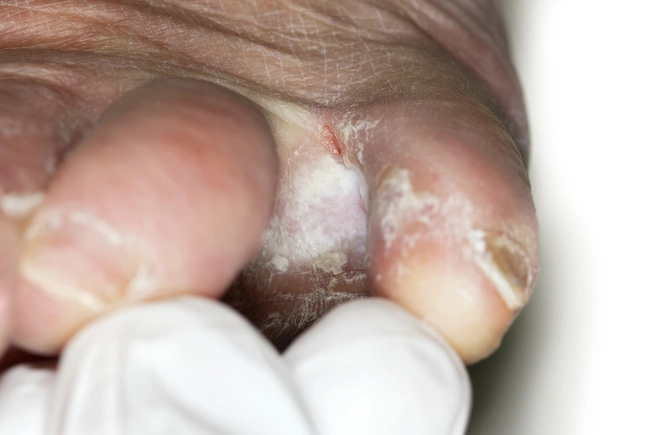
Ageing Foot Problems 2. Less elastic skin and weaker immunity can invite more fungal infections in seniors. The sole of your foot may scale and itch. If it’s not treated, the infection can spread to your toenails. Treatment includes antifungal creams and sometimes pills. Fungus is hard to kill, so use your medication for as long as directed. Tip: Don’t smear cortisone creams on the rash. They weaken the skin’s defences and worsen the infection.
DONATE
Pensioner Fitness Awards
THE BUSINESS CONCEPT, BEST IN BUSINESS AWARDS 2023
1. MOST INSPIRING SENIOR WELLNESS WEBSITE 2023
THE GLOBAL HEALTH AND PHARMA, FITNESS AND NUTRITION AWARDS 2023
2. BEST SENIOR FITNESS AND NUTRITION SPECIALIST 2023
MIDDLE EAST AND AFRICA BUSINESS AWARDS 2023
3. MOST INCLUSIVE FITNESS PROVIDER 2023
THE CORPORATE LIVE WIRE GLOBAL AWARDS 2023/2024
4. FITNESS ADVISORY PLATFORM OF THE YEAR 2023/2024
In Conclusion
Your feet are an essential part of mobility, so you must treat them well and look after their health. Yes, cutting and shaping your toenails is important to keep your feet looking nice. However, did you know that the condition of a person’s feet can provide insight into their health? Seniors should keep an eye on their toenails as discolouration, chipping or changes in shape (think dents and groves in the nail bed) may mean larger problems.
Seniors who have diabetes are at particular risk of foot problems. The American Diabetes Association noted that diabetes can damage nerve endings in the feet, reducing an individual’s ability to discern if their feet are hot or cold. It can also lead to loss of feeling which may cause injuries. Poor blood flow is also common in seniors and can cause foot problems, so checking your feet weekly is an important part of managing your overall health.
Important Note *
Remember that everyone is different, it is ultimately YOUR RESPONSIBILITY to find what your body responds to. So please do your due diligence before trying anything new, including getting Medical Advice to ensure your safety and peace of mind.
Connect with me and leave a comment or two on my social media…